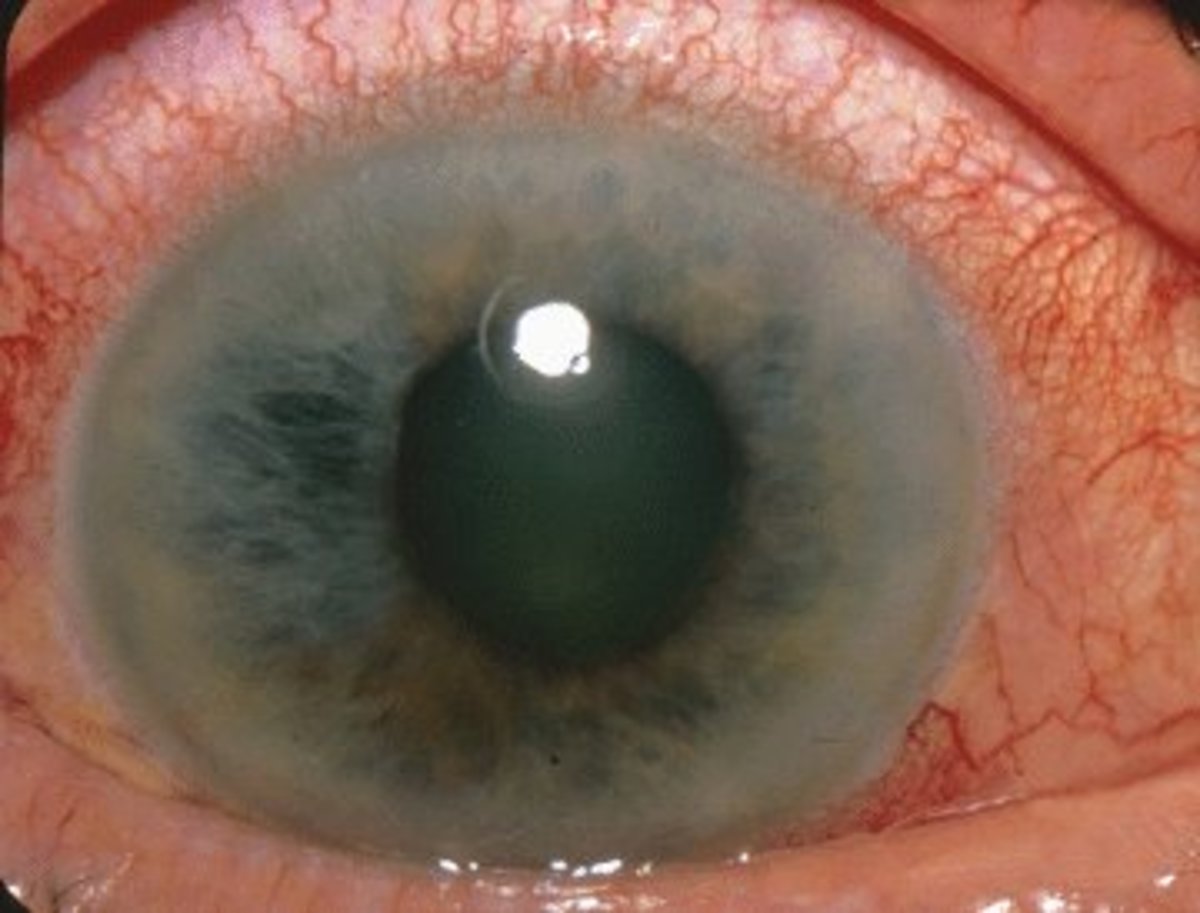Narrow-Angle Glaucoma: Causes, symptoms & Treatment
Glaucoma is a group of eye conditions that hurt the optic nerve, the sufficiency of which is for good vision. This mischief is ordinarily achieved by oddly high pressure in your eye.
Right when the anterior chamber angle is narrow, patients are at risk for making both narrow-angle glaucoma and tireless angle end glaucoma.
People with anatomically narrow angles carry only the tendency to glaucoma and no confirmation of glaucoma itself.
What is narrow-angle glaucoma?
Narrow-angle glaucoma is a kind of glaucoma that occurs out of the blue. Although glaucoma is the sneak criminal of sight, most with the disease don’t experience symptoms,
Narrow-angle glaucoma can convey outrageous symptoms.
This condition happens when fluid creates behind the iris. This advancement of fluid causes an unforeseen, risky extension in intraocular pressure. It is furthermore called extraordinary angle-end glaucoma or narrow-angle glaucoma.
What happens in narrow-angle glaucoma?
Narrow-angle glaucoma thoroughly blocks your channels. It keeps fluid from traveling through them, like a piece of paper sliding over a sink channel. The strain that builds up can hurt your optic nerve. There may be a vibe of entirety in the eye close by becoming flushed, extending, and clouded vision. If you don’t treat the issue quickly enough, you could lose your sight completely.
Symptoms
Since the eye pressure rises very high in a short period, by far most will experience the going with symptoms:
- Blurred vision
- Red eyes
- Cerebral agony
- Eye torture
- Halos around lights
- Mid-dilated pupil
- Nausea
Expect that you are experiencing any of these symptoms, see your optometrist or ophthalmologist immediately or go to your close by the emergency room.
An extraordinary episode of narrow-angle glaucoma is considered a clinical eye emergency. You could have a very tough vision mishap if the strain is not reduced quickly.
It is crucial to observe that specific people with narrow-angle glaucoma may not experience symptoms or may experience them unpredictably, dependent upon what is causing the disease.
Causes
Fluid drains out of your eye through a course of action of channels. These channels live in a grid of tissue between your iris and cornea.
When your iris and cornea move closer, it closes the angle between them. When this happens suddenly, it’s called an extreme attack and is especially anguishing.
You could have an attack of angle end glaucoma if you have narrow waste structures and your eyes augment (your understudy gets more noteworthy) to a limit or unreasonably quick. It can consistently happen when you:
- Go into a faint room
- Get drops that dilate your eyes
- Are stimulated or pushed
- Consume explicit drugs like antidepressants, cold remedies, or anti-histamines
Some illnesses can moreover cause narrow-angle glaucoma:
- Cataracts
- Ectopic lens
- Diabetic retinopathy
- Visual ischemia (narrowed veins to the eye)
- Uveitis (eye bothering)
- Tumors
Women are 2 to various times bound to get it than men. You will undoubtedly make them expect that you’re:
- Asian or Inuit
- Farsighted
- Some places in the scope between 55 and 65
On the other hand, if you:
- Have a family foundation of it
- Use sedates that enlarge your understudies
- Use various solutions that make your iris and cornea get together
Expecting that you have extraordinary angle end glaucoma in one eye, you will undoubtedly get it in the other.
Diagnosing Narrow-Angle Glaucoma
Everyone should check for glaucoma at an age between 35 and 40. Those seen as at a higher bet for narrow-angle glaucoma, including individuals who are Asian, farsighted, or past 60 years of age, should have their pressure investigated every short time.
1. Tonometry
Your PCP will use tonometry to check your eye pressure. The tonometer is pressed against the eye after applying desensitizing drops, and its block is assessed and recorded.
2. Microscope
A microscope is used to assess the angle development of the eye, to conclude whether you are at risk for making narrow-angle glaucoma. There must be defense therapy before an issue strikes.
3. Ophthalmoscope
An ophthalmoscope can check out the shape and shade of your optic nerve. The ophthalmoscope enhances and lights up inside the eye. Additional tests will be if the optic nerve appears to be hurt or is unquestionably not a pink tone.
4. Gonioscopy
Gonioscopy is used to choose if the angle where the iris meets the cornea is open or closed, a qualification between open-angle glaucoma and narrow-angle glaucoma.
Treatment
The first thing your PCP will do to treat your extreme angle end attack is an endeavor to discard a part of the strain in your eye. They could use:
- Drops that narrow your student
- Medication to cuts down how much fluid the eye makes
At the point when your IOP has dropped a little, your essential consideration doctor could use a laser to:
Make a small opening in your iris. It is known as a laser iridotomy, and it helps the fluid start streaming again inside your eye. It’s a transient treatment and requires two or three minutes.
Pull the edges of your iris away from your waste streams. It is called laser iridoplasty or genioplasty.
Expecting you have cascades, your consideration doctor should seriously mull over an operation to supersede the point of convergence in your eye. This kind of operation can be sincere while having an extraordinary attack.
Whether or not your extraordinary angle end glaucoma is in only a solitary eye, your PCP will probably treat the two eyes as a second look for good measure.
Risk Factors
Narrow-angle glaucoma can destroy vision before any signs or symptoms are apparent, be aware of these best factors:
- Having high inside eye pressure (intraocular pressure)
- Being over age 60
- Being dim, Asian, or Hispanic
- Having a family foundation of glaucoma
- Having explicit sicknesses, for instance, diabetes, coronary ailment, hypertension, and sickle cell anemia
- Having corneas that are humble in the center
- Being unquestionably astigmatic or farsighted
- Having had an eye injury or explicit sorts of eye an operation
- Taking corticosteroid drugs, especially eyedrops, for a long time
Preventions
Plausible to perceive people may be at risk of making narrow-angle glaucoma. Specialists can play out a periphery iridotomy (PI) as depicted above, whether or not you are not experiencing symptoms.
If the angle does close, the iridotomy will allow the fluid a potential chance to move away, so pressure doesn’t climb to levels. People who have an iridotomy should ensure that the iridotomy is open and has not become closed.
Final words
Glaucoma is one of the primary wellsprings of visual lack for people past 60 years.
Many kinds of glaucoma have no notification ahead of time signs. The effect is nonstop, so much that you may not see a change of vision until the condition is at a general stage.
Narrow-Angle Glaucoma is an eye condition that occurs because of changes in the iris, or part of the eye with assortment. When the iris draws near, the appearance of fluids is stopped because of a block in the leakage angle.

